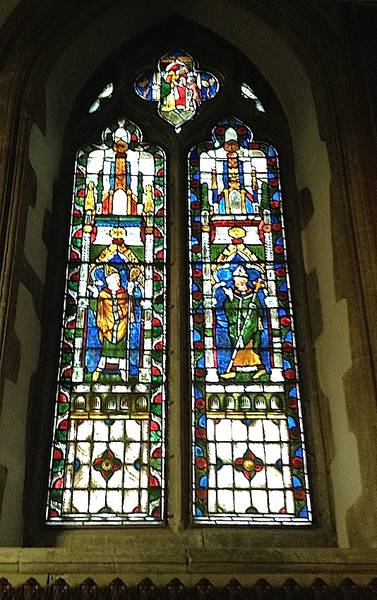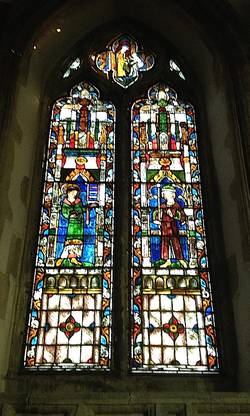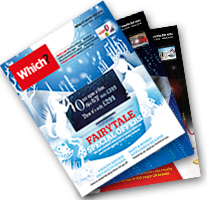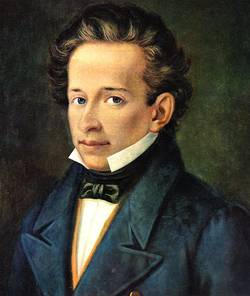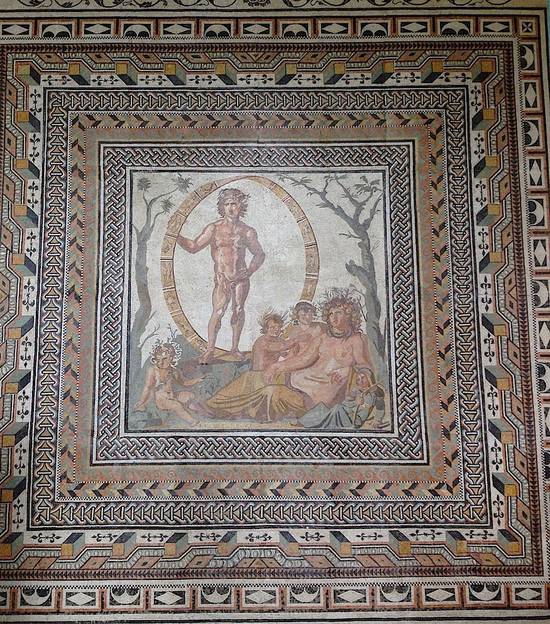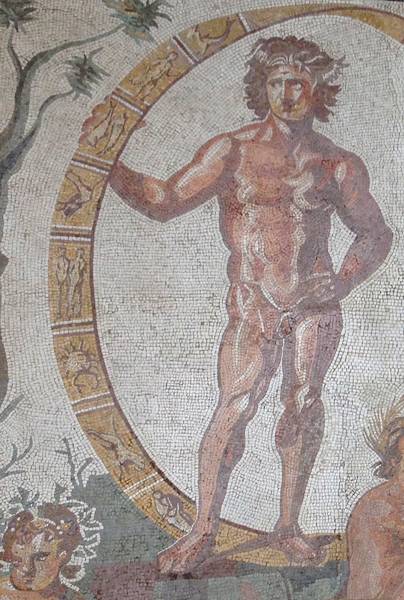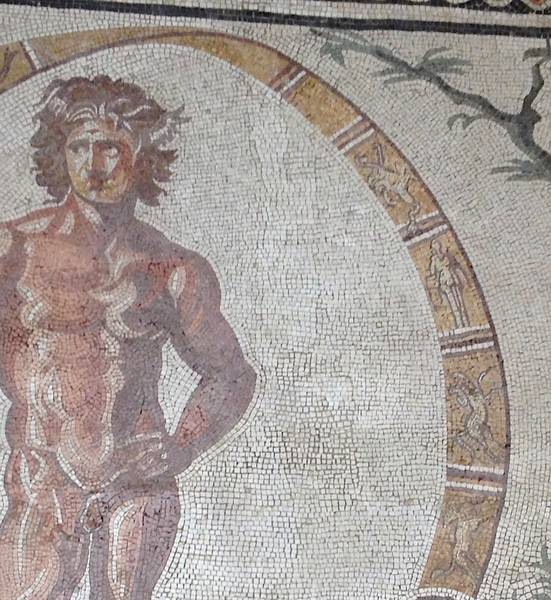When you next order a Turkish coffee, have look at the glass of water that normally comes with it. If you are lucky, it will have an elegant sweep of curvy gold lines on it. You will easily recognise it: this is a tuğra, a sultan’s cipher and now a symbol of Ottoman Turkey. Putting it on glasses is just a fashion. A trip to the bazaar may enable you to come home with a tea set in the tulip shape or just a few plain, elegant water glasses, all emblazoned with tuğras. But what is the origin of the artwork? Opinions are deeply divided though there is a fair chance that the original design goes back well before the Ottomans who brought it to perfection.
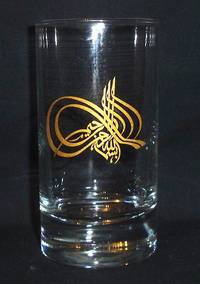
There are basically three main parts to a tuğra. The stand, that is the base, contains the name of the sultan, his filiation and the title ‘ever victorious’ (el muzaffer daima), all in Arabic script; to the left two concentric ellipses (the eggs) run in parallel lines to the margin of the paper to the right (the arms). Finally three vertical strokes with or without curvy pennants occupy the centre. The vertical strokes seem to hold the key. They may represent the handprint of the sultan or indeed the mark of his three fingers dipped in ink and trailed on the document. Unconfirmed reports speak of one such example in the archives of Ragusa (now Dubrovnik), from the hand of Murat I in the mid-14th century. But some think one should look further back, to the time when the people of central Asia were roaming the steppes with their flocks. Branding or any other way of telling the animals apart, would have been a necessity. According to Raşid-al-Din’s historical compilation, the Turkish and the Mongol people used a mark (tamga) both to stamp their decrees and brand their flocks and herds. Each of the 24 Oğuz tribes, the founding fathers of the Turkish nation, had its own logo, a combination of vertical and other strokes. That’s where the arrows come in. Arrows play an important part in early Turkish history as an expression of power. Archery was an important factor in their military success. Oğuz Turks traditionally belonged either to the ‘Great Arrow’ (Bozok) or to the ‘Three Arrows’ (Üç Ok); in addition, the election of the early Seljuk sultans apparently included a ritual based on arrows.
With the Ottomans the tuğra (which probably existed at the time of the Seljuks though there are no concrete examples, only text references) became codified as a symbol of power, the sultan’s signature. He did not draw it himself: a dedicated school of calligraphers was in charge. As the firmans (the sultan’s official decrees) multiplied, the artwork was simplified and standardised while at the same time embellished with the application of gold and colour. With time the sultan’s mark made its way onto coins, flags, stamps, passports, official monuments, buildings and warships.
Beyond the Ottoman Empire, tuğras are known in Iran, with the Great Seljuk; in India at the time of the Mongols; and in Egypt with the Mamluks. A unique example not connected to the Turkish community has been traced in the Crimea. In 1836 the governor issued a passport to a Polish doctor on his way to work in Istanbul. It bore the tuğra of Czar Nicholas I, probably modelled after a coin, and was intended to add authority to the document and ensure that Ottoman officialdom would supply the three horses and the necessary assistance to enable doctor Radzionski to reach his destination as soon as possible.
by Paola Pugsley. Paola is currently working on a guide to Cappadocia and central Anatolia. For her other Turkish titles, published digitally by Blue Guides, see here.







